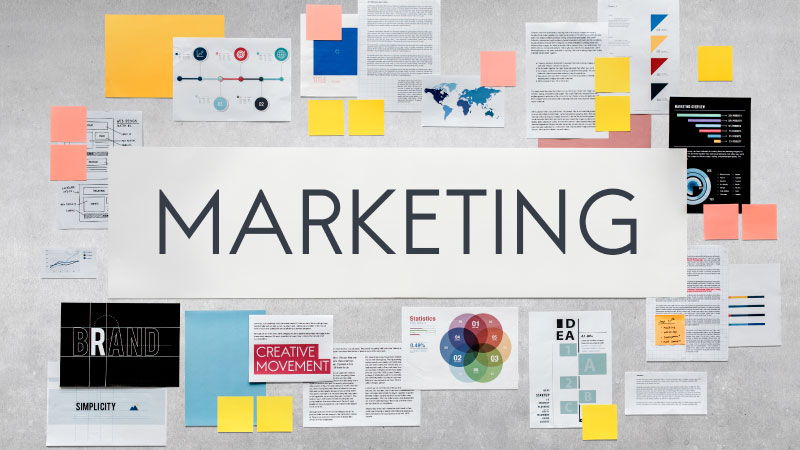Exhibition marketing refers to the strategic promotion and showcasing of products, services, or brands at trade shows, fairs, expos, and other event-based platforms. This marketing approach leverages face-to-face interactions and experiential tactics to engage potential customers, partners, and other stakeholders directly. Here are key aspects and updated insights into exhibition marketing:

Key Components of Exhibition Marketing
- Strategic Planning:
- Objectives: Define clear goals, such as lead generation, brand awareness, product launches, or networking.
- Target Audience: Identify and understand the demographics, interests, and needs of the audience attending the exhibition.
- Booth Design and Layout:
- Visual Appeal: Use eye-catching graphics, interactive displays, and engaging content to attract visitors.
- Functionality: Ensure the booth layout facilitates easy movement, interaction, and presentation of products/services.
- Promotional Activities:
- Pre-Event Marketing: Utilize social media, email campaigns, and press releases to build anticipation and drive traffic to the booth.
- On-Site Engagement: Implement activities like live demonstrations, product sampling, contests, and presentations to captivate attendees.
- Post-Event Follow-Up: Collect contact information and follow up with leads through personalized emails, phone calls, and further promotional offers.
- Technology Integration:
- Digital Tools: Employ virtual reality (VR), augmented reality (AR), and interactive kiosks to create immersive experiences.
- Data Analytics: Use analytics tools to track visitor interactions, measure engagement, and assess the success of the exhibition.
- Content Strategy:
- Informative Materials: Provide brochures, catalogs, and multimedia presentations that detail product benefits and company information.
- Storytelling: Use storytelling techniques to make the brand message memorable and relatable.
- Networking and Relationship Building:
- Face-to-Face Interaction: Engage in meaningful conversations with attendees to build relationships and understand customer needs.
- Partnership Opportunities: Explore potential collaborations and partnerships with other exhibitors and industry professionals.
Updated Trends in Exhibition Marketing
- Hybrid Events:
- Combining physical and virtual elements to reach a broader audience. This allows for greater flexibility and extended reach beyond the physical location of the event.
- Sustainability:
- Emphasizing eco-friendly practices, such as using recyclable materials for booths, reducing waste, and promoting sustainable products.
- Personalization:
- Tailoring experiences to individual attendees through personalized marketing messages, customized giveaways, and interactive experiences that address specific needs.
- Social Media Integration:
- Leveraging social media platforms for live streaming events, real-time updates, and engaging with attendees before, during, and after the event.
- Data-Driven Decision Making:
- Using data collected from exhibitions to refine marketing strategies, improve future event planning, and enhance overall ROI.
Benefits of Exhibition Marketing
- Direct Engagement: Provides an opportunity for direct interaction with potential customers, allowing for immediate feedback and relationship building.
- Brand Visibility: Increases brand exposure and awareness in a targeted environment where attendees are already interested in the industry or product category.
- Lead Generation: Facilitates the collection of high-quality leads who have shown interest in the product or service.
- Competitive Analysis: Offers insights into competitor strategies, allowing businesses to benchmark and adjust their own approaches accordingly.
- Market Research: Provides a platform to gather market intelligence and understand emerging trends and customer preferences.
Exhibition marketing is a dynamic and impactful strategy that combines traditional marketing tactics with modern technological innovations to create engaging and memorable experiences. By focusing on strategic planning, leveraging the latest trends, and prioritizing meaningful interactions, businesses can maximize their presence and effectiveness at exhibitions, ultimately driving growth and success.



